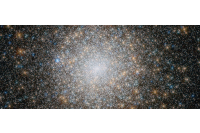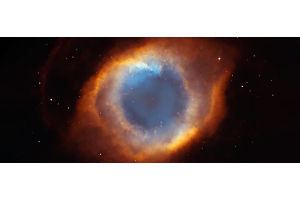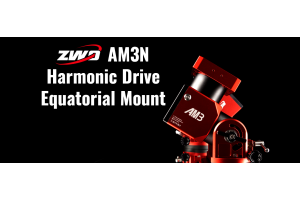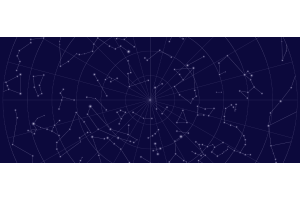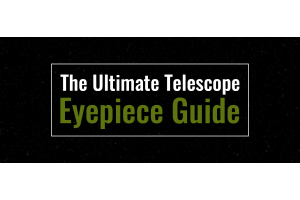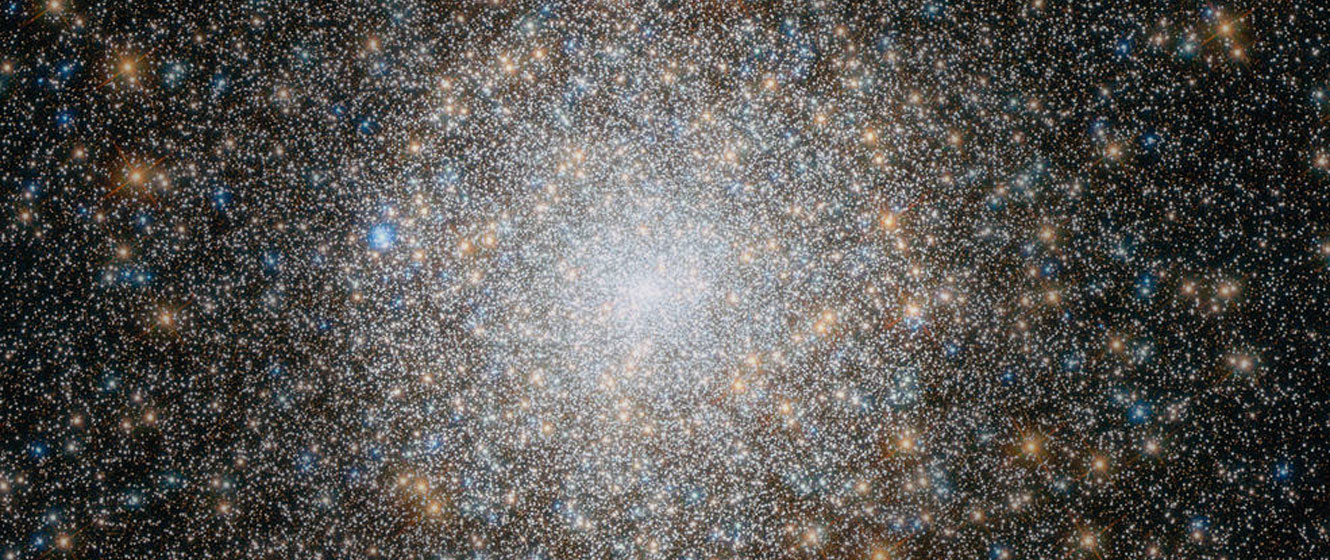
In this episode of What's in the Sky this Month, Teagan reviews some of the beautiful celestial objects you can see in the month of September 2022!
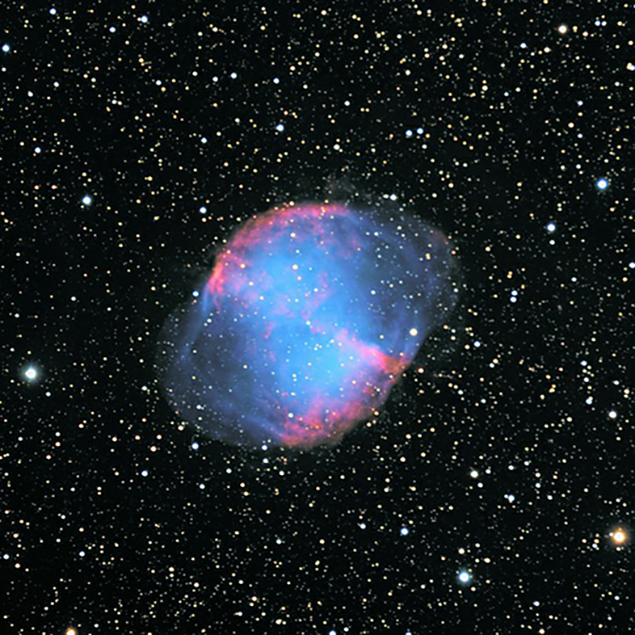
Image credit: Jim Mazur
M27 - The Dumbbell Nebula
- Type: Planetary Nebula
- Constellation: Vulpecula
- Distance: 1,100 light-years
- Magnitude: 7.3
- Apparent Diameter: 8’
M27, the Dumbbell Nebula, can be found just a little more than three degrees north of Gamma Sagittae and appears within the same binocular field of view as that star.
With binoculars, and under relatively dark skies, M27 appears as a very faint, circular misty patch, while a small telescope should clearly show it at 35x. It’s large and bright, with two distinct lobes that help to give it a rectangular shape. Using averted vision will bring out some detail, with filaments stretching to the north and south.
Through larger telescopes, the view can be quite spectacular, with the nebula taking on the shape of a bow-tie or apple core. Using a filter increases the contrast and helps to bring out some texture and detail.
OUR NEAREST NEIGHBORS
Venus is lost within the sun’s glare this September, but you may be able to glimpse Mercury very low in the west during the first few days of the month. Saturn can be found in Capricornus and is still an outstanding sight for telescopic observers, with the nearly full moon close by on the 8th and 9th. Distant Neptune reaches opposition on the 16th, with Jupiter following suit on the 26th, but while Jupiter outshines every star in Pisces, its host constellation, much fainter Neptune could prove to be challenging. The just-past full moon squeezes between the two on the 11th. Uranus comes to opposition in November and therefore rises mid-evening this month, while Mars is slowly brightening and rises around midnight among the stars of Taurus. Look for a last quarter Moon beside it on the morning of the 17th. Lastly, the Moon turns full on the 10th and then new on the 25th.
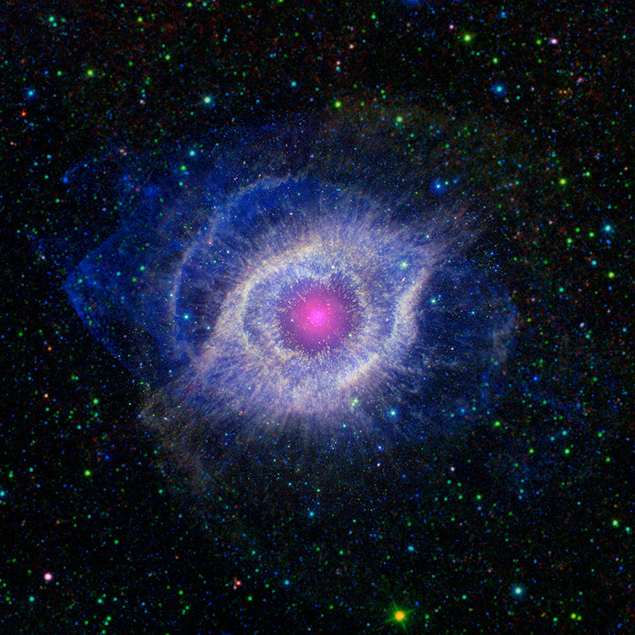
Image credit: NASA/JPL-Caltech
NGC 7293 - The Helix Nebula
You’ll need to be under dark skies if you want to find the Helix Nebula with binoculars, while telescopically, you’ll get the best view with a low magnification, a light pollution filter, and averted vision.
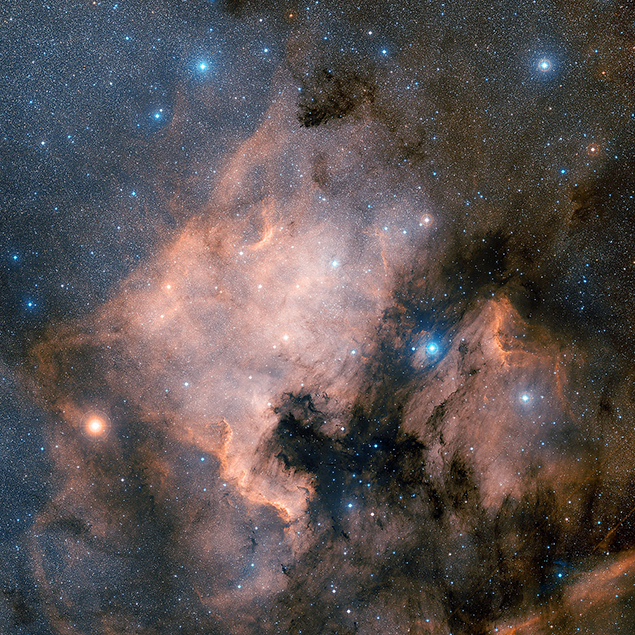
Image credit: Davide De Martin & the ESA/ESO/NASA Photoshop FITS Liberator
NGC 7000 - The North America Nebula
Another target for dark skies, the North America Nebula is visible to the naked eye and can be found beside Deneb, the brightest star in the constellation Cygnus, but is best observed with binoculars.
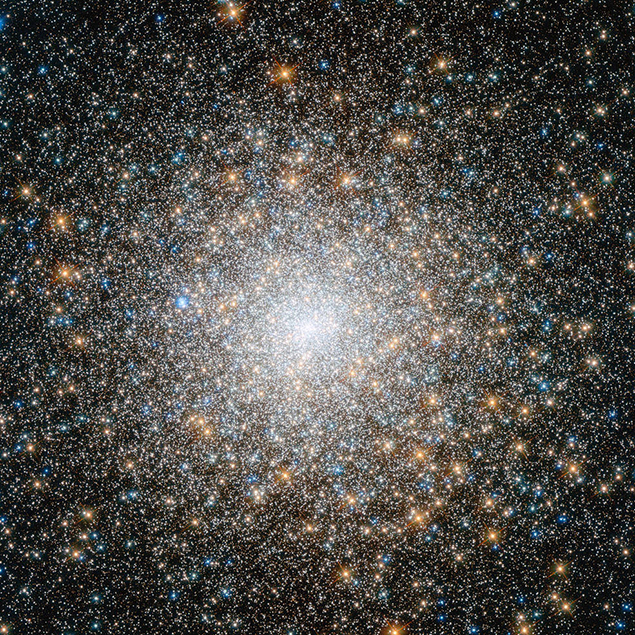
Image credit: NASA,ESA
Messier 15
Here’s a globular that’s both reasonably bright and also easily found. It comfortably fits within the same binocular field of view as Enif, the star that marks the nose of Pegasus, the Flying Horse. It’s even bright enough to be picked out in suburban skies with 8x32 binoculars.
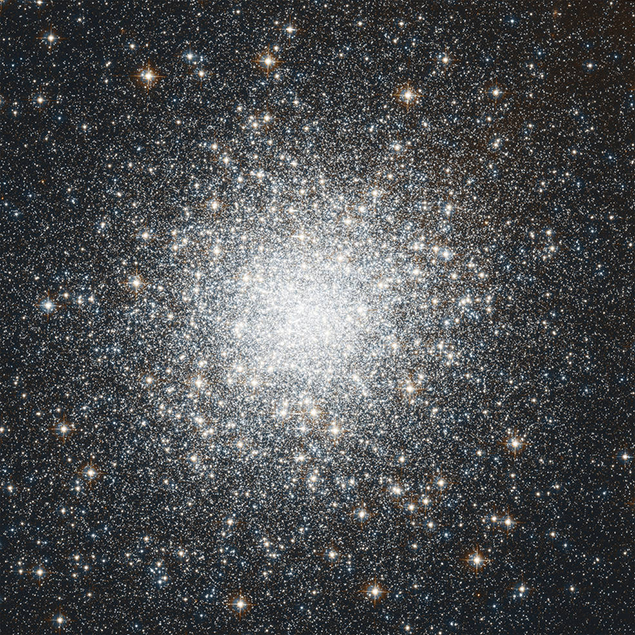
Image credit: NASA, ESA,STScl and A. Sarajedini (University of Florida)
Messier 2
A second globular for late summer, Messier 2 is visible with binoculars and can be found under suburban skies. Telescopically, it appears uniformly gray but with a large, bright core.
STELLAR CONCEPTS
Opposition: A planet, asteroid, or dwarf planet is said to be at opposition when it’s directly opposite the Sun in the sky. As a result, like the full Moon, it rises at sunset, sets at sunrise, and is therefore visible throughout the night. It’s also when the object is brightest and appears largest when observed telescopically.
This Article was Last Updated on 07/18/2023




